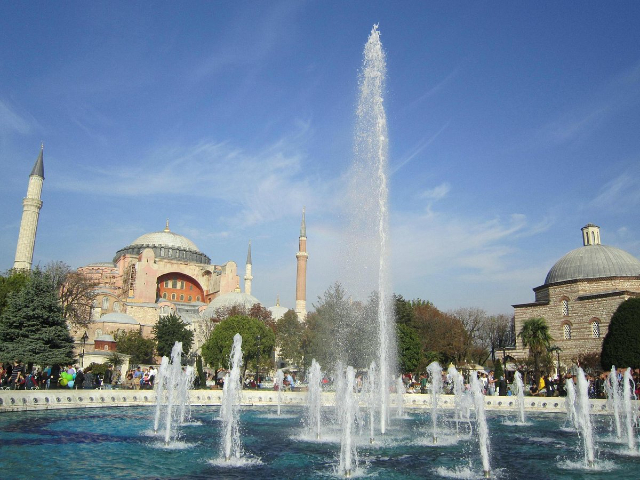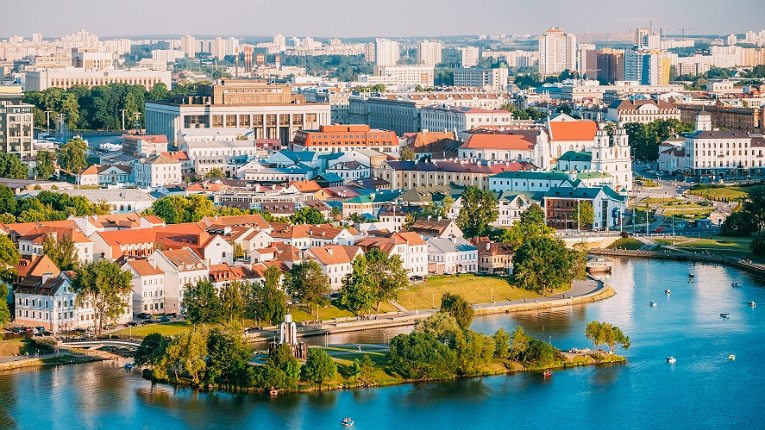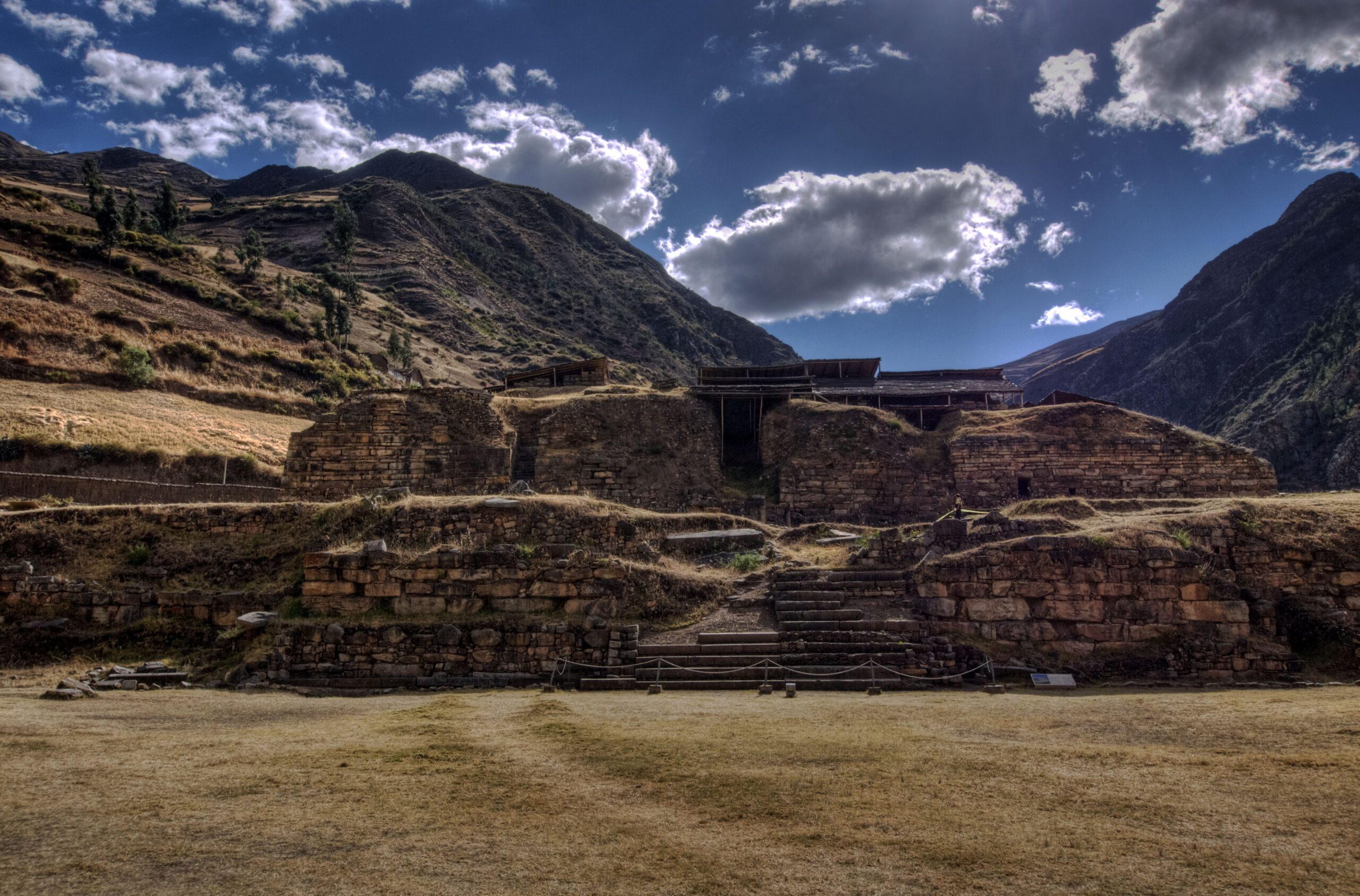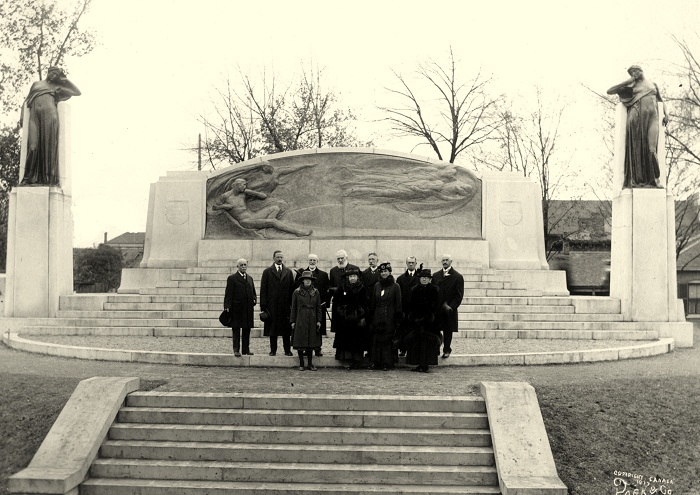The Hippodrome, also known as At Meydanı in Turkish, is an important historical site located in the heart of Istanbul. This ancient hippodrome, dating back to the time of the Roman Empire, is a testament to the influence and grandeur of ancient Constantinople.The Hippodrome was the center of social and sporting life in the Byzantine Empire and, later, the Ottoman Empire. It was the place where horse and chariot races were held, as well as other public events and important celebrations.Although the original hippodrome has been destroyed over the centuries, some of its features and monuments have been preserved and can still be admired today:Theodosius Obelisk: This imposing granite obelisk about 20 meters high is one of the most significant monuments at the Hippodrome. It was originally built in Egypt in the 15th century BC and then transported to Constantinople by Emperor Theodosius in the 4th century AD. The obelisk is decorated with depictions of pharaohs, Egyptian gods and hieroglyphics.Serpentine Column: This bronze spiral column is another important monument in the Hippodrome. It was originally erected in the 3rd century AD in the temple of Apollo at Delphi, Greece, and was later transported to Constantinople by Emperor Constantine I. The serpentine column features intertwined sculptures of three serpents and is one of the treasures of ancient Rome.Constantine’s Column: Located a short distance from the Hippodrome, this commemorative column was erected to celebrate the inauguration of the new capital of the Roman Empire, Constantinople, by Emperor Constantine in the 4th century AD. The column is about 35 meters high and features reliefs depicting scenes of military victories and portraits of the emperor.Today, the area that once housed the Hippodrome is a charming public park known as Sultanahmet Square, frequented by tourists who wish to admire surviving monuments and enjoy a moment of relaxation in the vicinity of Istanbul’s major historical sites, such as the Hagia Sophia and the Blue Mosque.The Hippodrome represents a tangible link to Istanbul’s glorious past and offers a window into the history of the ancient city. To visit this historic site is to immerse oneself in Istanbul’s imperial heritage and better understand its cultural and historical richness.













